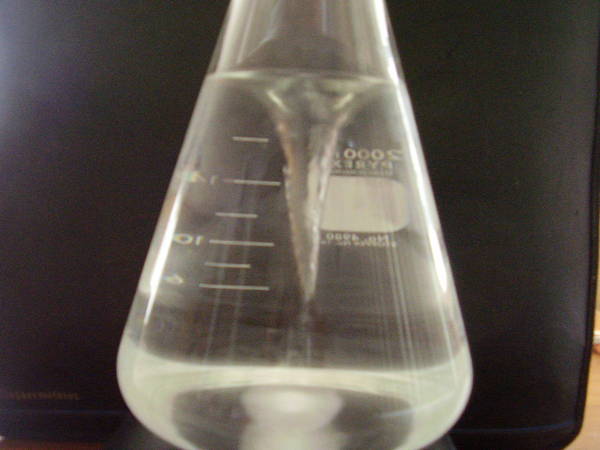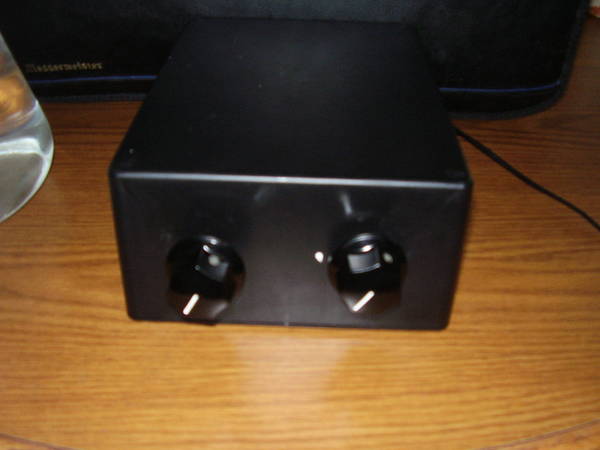I've found an even cheaper way to regulate the speed of the fan somewhat without the need to solder or add additional parts. It won't be as sexy as the plates with the knobs, switches, and LEDs, but if all you want is a stirplate, it's hard to get much cheaper (or easier) than this. I'm including price for new parts in case you can't scrounge, since half of the parts you need come from old/dead computers.
You need:
1. 4 inch computer fan, 12V DC (Price new: aprox 5-7 dollars)
2. At least 1 magnet from a dead hard drive (Price: ??? Ask Geek Squad or your local friendly computer repair store for a dead HD)
3. Coby CA-969 Universal AC/DC Adapter (Price: 7 bucks from Fry's, I've found them for as cheap as 4 bucks each)
4. Project box (Price: around 10-15 bucks)
5. Electrical tape (Price: 3 bucks tops)
6. Epoxy (Price: less than 5 bucks)
Optional:
7. Power switch (Price: Maybe 3-5 dollars depending on how fancy you get)
Assemble much like any other stirplate, installing the switch if you *really* want to get fancy. The CA-969 adapter has a switch on the wall wort that varies from 1.5-12 volts, so you have about 8 "speed" settings, the highest few (8-12) I'm imagining are too fast. So you have 4 or 5 valid speed settings in one wall wort. Cut off the head of the adapter at the end of the cable, and strip the wires. The wire with the white stripe is positive. Strip all your cables, assemble everything (Use bolts or at least spacers to get your fan up near the top of the box, this might cost you an extra dollar or two in parts).
No soldering needed unless you want to add a switch.
Total cost if you have zero tools and the electrical skills of Paris Hilton? Maybe 30 bucks. Most of us have access to at least half of these parts, so for instance the price for me ran around 10 bucks.
Oh, and if you want a fan suggestion, Antec offers a "tricool" 12 volt fan that offers 3 speed settings via a switch at 12 volts, the lowest being 1500 RPMs, and the other two being 2000 and 2600 RPMs. That combined with stepping down the voltage should give you plenty of control with minimum fuss.










